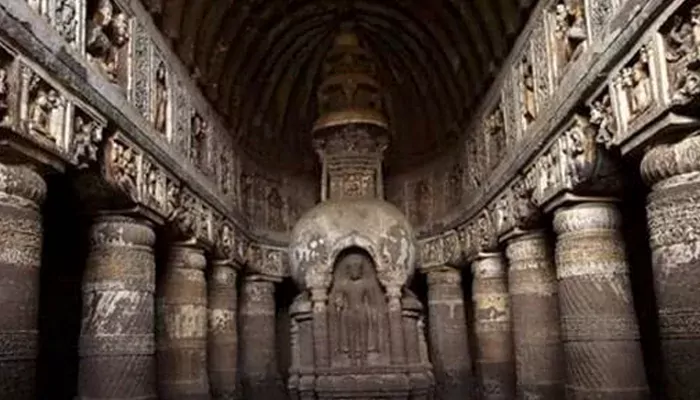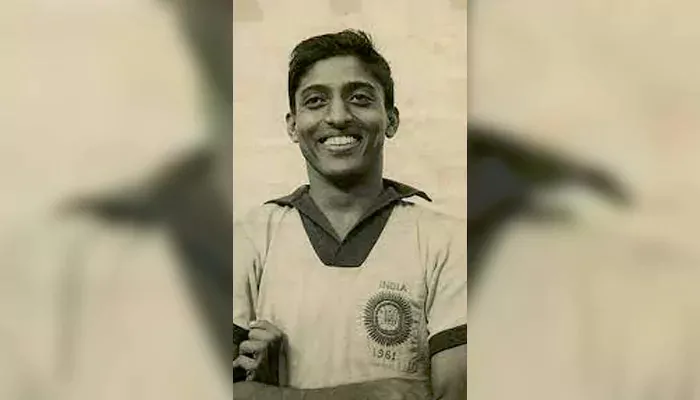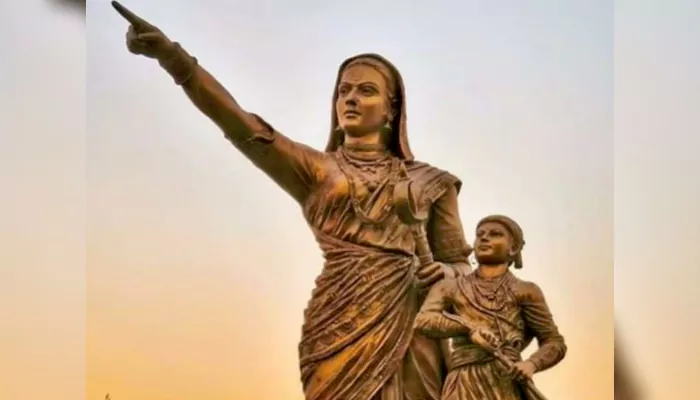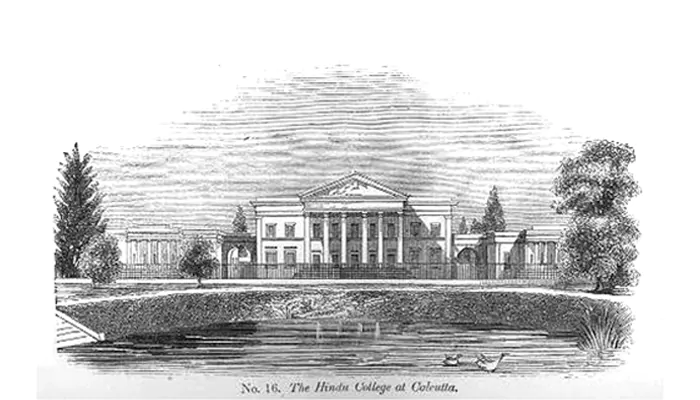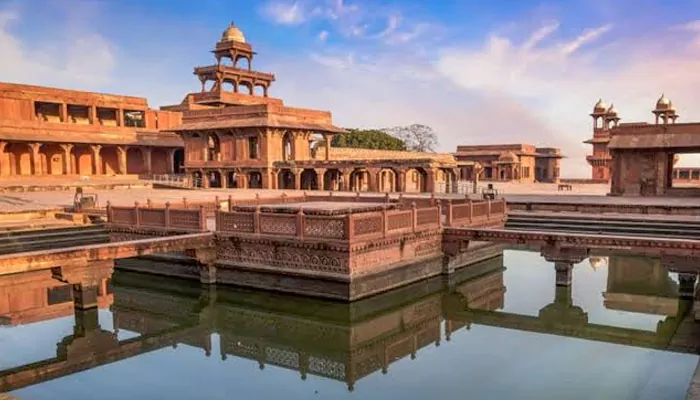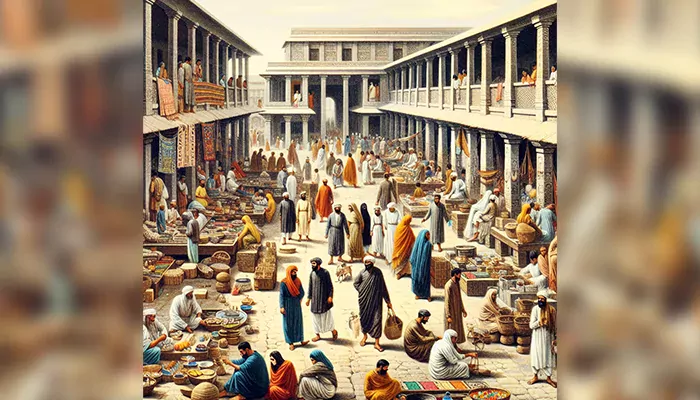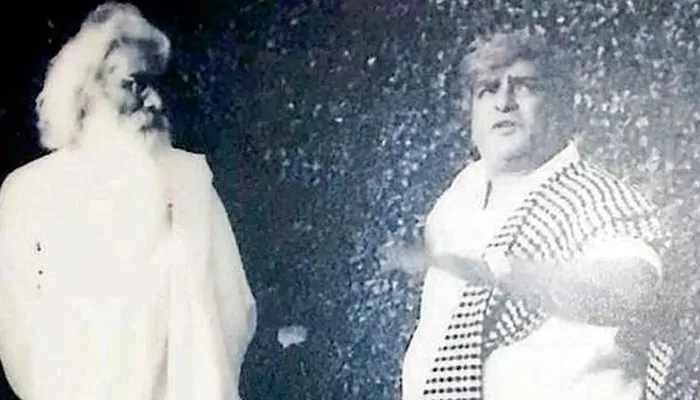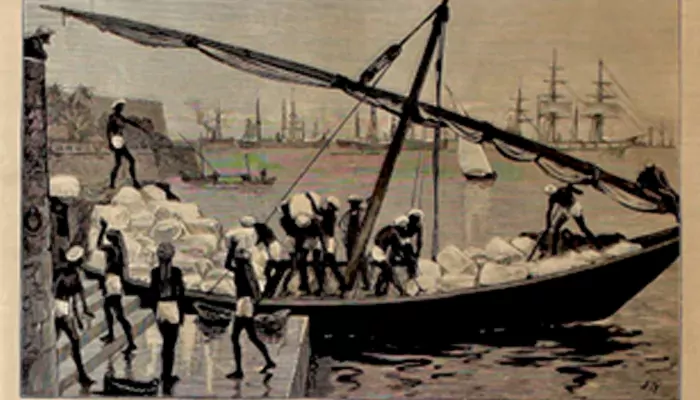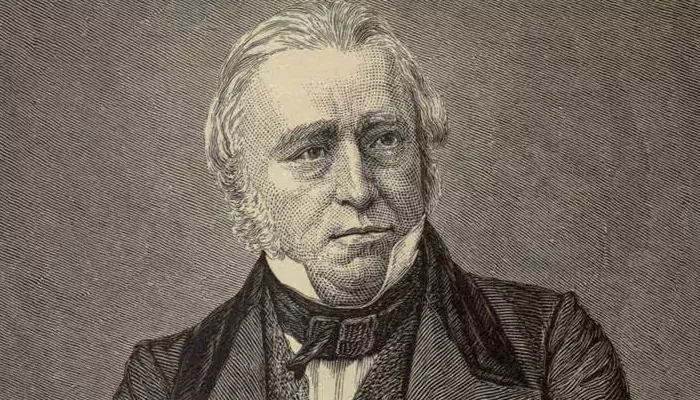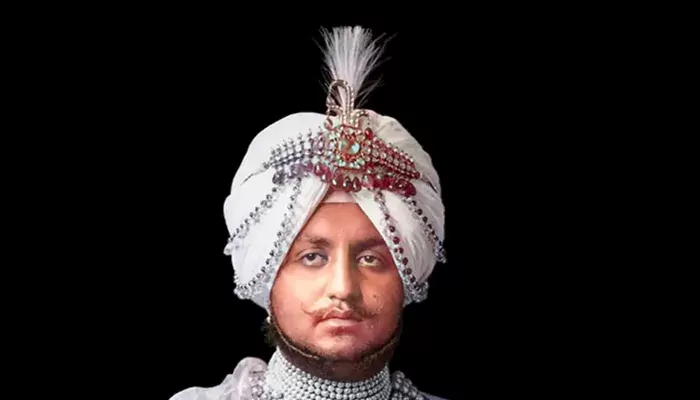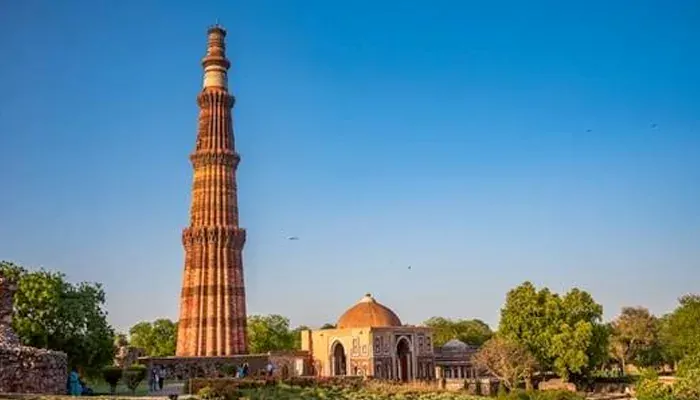India On Wheels: Tracking India’s 121 Years of Motorsports From Pre to Post Independence
- Rohit Chatterjee
- 4 months ago
- 4 minutes read
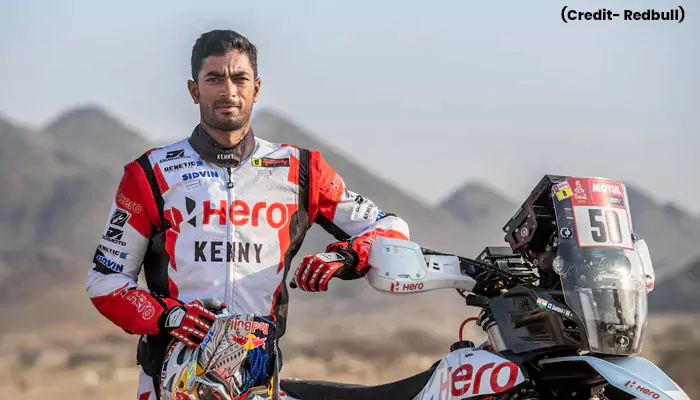
Despite gaining independence 79 years ago, India still has not made a mark in global motorsports.
In 79 years since independence, India has become one of the world's fastest-growing automobile hubs. However, unlike other Asian countries, such as Japan and Malaysia, India, despite being an automobile hub, is yet to make a mark in global motorsports.
Frankly, the country and its people are responsible for such a state. Whether due to a lack of government support or people's limited wealth and interest in motorsport, India's motorsport scene is still struggling, despite its roots dating back to the 1900s, decades before the country gained its independence.
Delhi to Bombay – the beginning
India's motorsport journey began nearly four decades before the country gained independence, in 1904, when the Motor Union of Western India organised a race from Delhi to Mumbai (formerly Bombay).
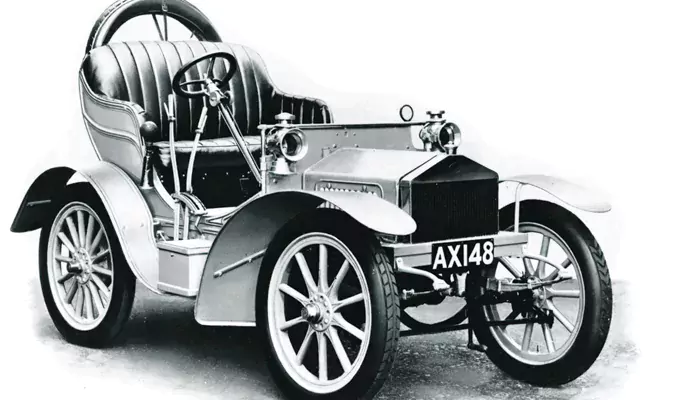
Viceroy Lord Curzon blessed the race, and makers such as Ford and Rolls-Royce took part. However, the race did not gain public attention. The majority of the Indian population was dealing with the problem of British colonisation, and vehicles were limited to the garages of British people and a few Indian elites.
Sholavaram airstrip
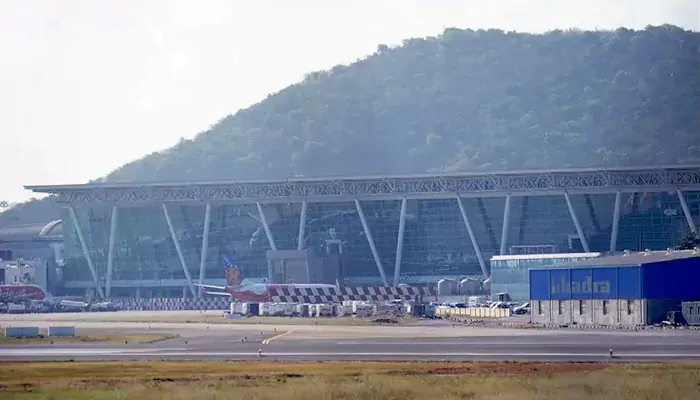
Sometime in the 1940s, the Deccan Motor Sports Club in Pune used to arrange races. However, the first official race in free India was held in 1953 at an abandoned airstrip in Sholavaram, Chennai. The racing event included both motorcycle and car races.
Calcutta Motor Sports Club
Away from the south in the east, the Calcutta Motor Sports Club was founded in 1952, which was the nation's first motorsports club. The club witnessed several elites with various cars, but one person in particular stood out: Ramachandra Arni, also known as Chandru Arni.

(Credit- deRivaz & Ives Magazine)
Arni was the first Indian to build a sports car independently, using a crashed Vanguard 2000 in 1952. The vehicle, named ARD Special, participated in many races.
Madras Motor Sports Club
In 1954, the Madras Motor Sports Club was founded, which took forward India's racing history. In the east, Kolkata and West Bengal, which once had several zamindars, lost their wealth. Not to forget, football was also the go-to sport for West Bengal, and people did not care much about motorsport.
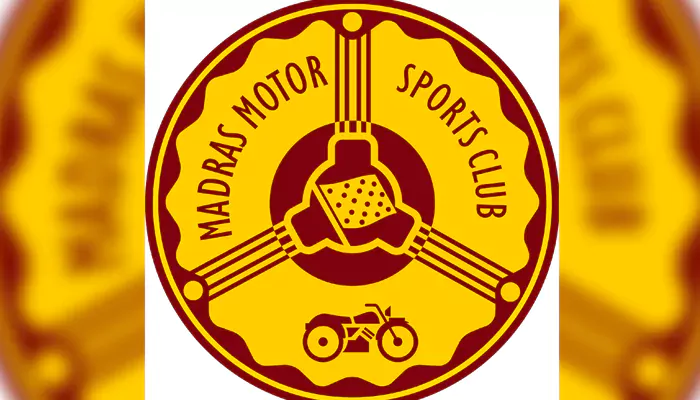
However, down south, people had a fascination with vehicles back then, which is still evident today. Because, whether it's modified vehicles or racers, South India is the motorsports hub of India.
The Madras Motor Sports Club kept India's racing spirit alive, regularly hosting various types of races. One of the major highlights was when Phil Henderson, riding a Yamaha TZ750, won the annual non-championship Indian Grand Prix in Madras, now Chennai.

(Credit- ACKO Drive)
FMSCI
In 1971, several motorsports enthusiasts and racers formed the Federation of Motor Sports Clubs of India, a government body to govern motorsport activities and make it as mainstream as any other sport in India. By 1986, the body had secured affiliation from the Fédération Internationale de l'Automobile (FIA) and F1.
India's first F1 car
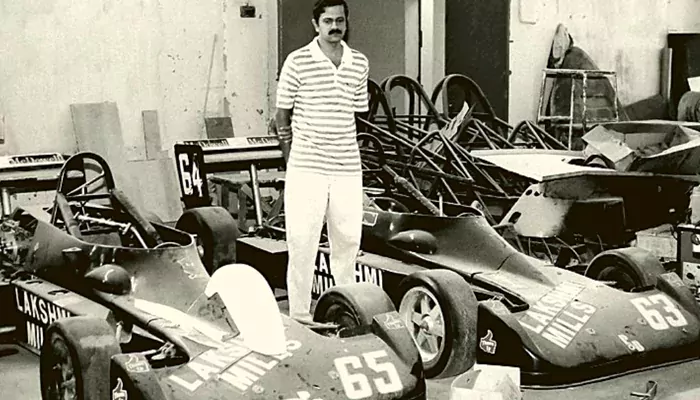
(Credit- Better India)
The 1980s saw a bold step by S. Karivardhan, who took the engine from a Maruti 800 to build India's first Formula 1 car. The idea behind Kari's bold action was simple—to make racing affordable for Indians, a country where the majority had been unable to afford a car until the last decade. Kari's actions also led to the beginning of the Formula Maruti, an affordable racing event.
1990s
From the 1990s, several Indian motorcycle and automobile manufacturers entered the world of motorsports. Even tyre makers like MRF and JK Tyre threw their hats into the ring, supplying tyres to sponsoring events.
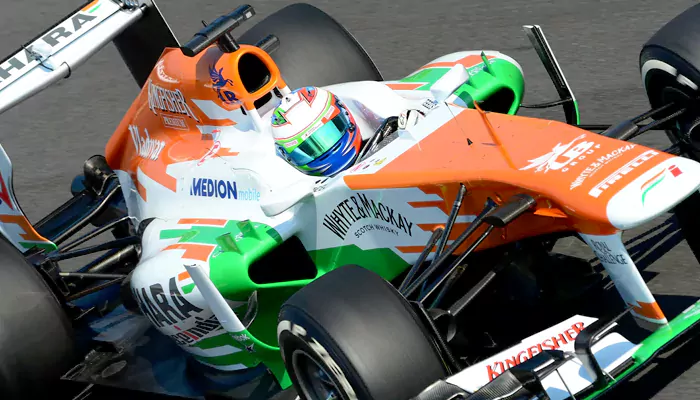
India also ventured into global motorsports in the 1990s, and by the early 2000s, it had entered F1, the pinnacle of motorsports, thanks to Narain Karthikeyan, Karun Chandhok, and Vijay Mallya's Force India F1 team.
Last decade
The last decade, i.e., 2010-2020, saw India participating in the world-famous Dakar Rally, GT racing, Formula 2, and various other forms of motorsport events across the globe.

Unfortunately, despite having tonnes of driving and riding talents in every corner, India has failed to capitalise. In a country where the majority are from a struggling economic background, the government needs to look beyond cricket. After all, motorsports is an expensive sport that requires support from the grassroots level. The government also forgets that the return on investment is high, as evident when MotoGP was held at the BIC in Noida in 2023, resulting in crores of revenue.
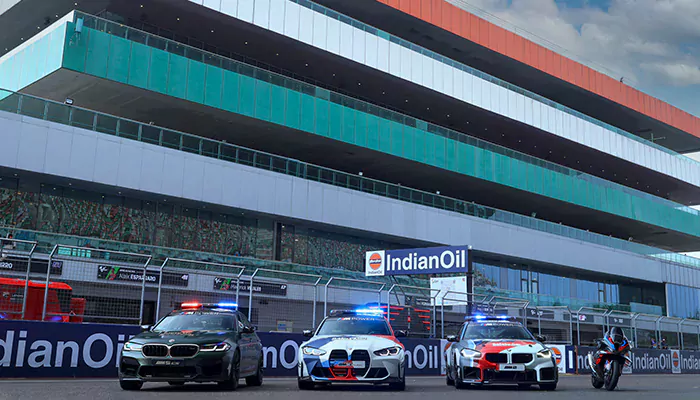
(Credit- Motoroids)
It is unfortunate that, despite a motorsports history spanning 121 years, including pre-independence, India still has a long way to go. However, the nation's fast wheels will only move forward towards the top of the grid.

